If you’re deciding on a new railing system for your home, it’s important to prioritize safety.
Glass railings offer beautiful views and a modern look – but you might be asking questions like, “are they actually strong enough?” Or, “what happens if the glass breaks?”
At Century Aluminum Railings, we prioritize both the aesthetic appeal of our railing systems, and the safety of our glass and aluminum railing systems.
If you’re still contemplating whether or not glass railings are safe enough for your home, this article covers the safety & strength of tempered glass and our products’ compliance with international building codes.
What is Tempered Glass?
Tempered glass is considered a “safety glass” — designed specifically to minimize the risk of serious injury if it breaks. Tempered glass undergoes a rigorous manufacturing process which involves heating the glass to extremely high temperatures — usually 620 to 680 degrees Celsius (1150 to 1256 degrees Fahrenheit) — then rapidly cooling it down. This process results in an extremely strong glass that is far superior than ordinary glass.
The Molecular Transformation of Tempering
At a molecular level, the heating and rapid cooling process induces internal stresses in the glass.
When the glass is heated to high temperatures, the molecules become more mobile and can rearrange themselves, which makes the glass more malleable.
When the rapid cooling occurs, the outer layers of the glass cool and solidify faster than the inner layers, creating a state of compression on the surface and tension in the inner layers. The result is a tempered glass with increased strength and resilience.
Let’s take a look at some of the prominent reasons glass railings are the right choice in considering the safety of your family and guests.
Strength & Durability of Tempered Glass
Tempered glass is considered one of the strongest options for glass railing systems, primarily due to its immense strength and ability to withstand massive impact. Century Aluminum glass railings are made with tempered glass panels, providing a superior tensile strength and shattering protection.
Tempered safety glass is 400% stronger than regular glass and you’ll never have to worry about it breaking into sharp & dangerous shards. Because of the stress applied during the heating process, if tempered glass fails, it breaks into pieces resembling cubes, making it far less likely to cause injury.
Tempered glass panels are an ideal option for glass balustrades in both residential and commercial settings — and especially those in high traffic areas.
You won’t have to stress about heavy impacts from tree branches, extreme weather patterns, or accidental collisions. Tempered glass can withstand up to 20,000 to 24,000 pounds per square inch (PSI) — a powerful number when you consider standard concrete typically has a strength ranging from 3,000 to 7,000 PSI.
Thickness of Glass Panels
The overall thickness of tempered glass is an important consideration when contemplating its overall safety. Regular annealed glass holds at least a minimum thickness of 5mm. However, it’s important to note that this type of glass would not be permitted for use on larger commercial or residential projects, such as glass railing systems.
Tempered glass on the other hand, holds a thickness range of 3mm to 19mm (1/8″ to 3/4″), making it a safe choice for your glass railing system.
The choice of tempered glass thickness will depend on factors such as the size of the glass panel, load requirements, building codes and regulations.
At Century Aluminum Railings, we’ve conducted thorough testing and evaluations, aligning with industry standards and local building codes such as the 2015 International Building Code (IBC) and the International Residential Code (IRC). So you can rest easy knowing your glass railings will always be up to code.
Heat and Weather Resistance
Unlike regular annealed glass — which is susceptible to thermal breakage due to direct sunlight or other heat sources that cause expansion and contraction — tempered glass shows exceptional heat resistance.
Due to its unique manufacturing process and its formidable edge strength, tempered glass can withstand sudden temperatures of up to 482°F, making it a preferred choice for long-term safety and reliability in a multitude of environments.
Testing and Code Compliance
Any glass railing system you choose must adhere to local building codes and safety standards.
At Century Aluminum Railings, we understand the importance of meeting and exceeding the mandated building codes for your residential and commercial spaces.
IBC & IRC Compliance
Our glass railings continually meet or exceed the necessary requirements of the International Building Code (IBC), and the International Residence Code (IRC), so you can rest easy knowing our glass railing systems are always structurally sound for their applications.
Century Aluminum Engineering Test Notes
Our glass railings underwent rigorous testing and evaluation procedures in accordance with industry standards, including the 2015 International Building Code (IBC) and the 2015 International Residential Code (IRC).
The IBC required our handrails and guards to withstand a linear load of 50 pounds per linear foot, with additional concentrated load assessments. Following the IRC, our railings were tested for resistance against a concentrated load of 200 pounds, and both codes outlined design criteria for intermediate rails.
During the In-fill Load Test, our picket and glass systems faced loads of 125 lbs and 200 lbs, respectively, assessing potential failures or disengagements. The Uniform Load Test subjected our guardrail systems to a horizontal load of 125 pounds per linear foot. Concentrated Load Tests were conducted to verify the top rail connection capacity, with a horizontal load of 500 lbs applied at various points.
These comprehensive results showcase the compliance of both our Aluminum Picket and Aluminum Glass Panel Railing Systems with the established standards.
BCBC Compliance
In addition to international standards, our railings adhere to height regulations outlined in the British Columbia Building Code (BCBC).
Century Aluminum Railing posts come in heights of 36” (914.4mm), 42” (1,066.8mm), and 72” (1,828.8mm), exceeding the BCBC standards for guard rails and stair railings in dwelling units and providing you with a secure & code-compliant solution.
For more information on the safety compliance of Century Railings Glass Railing Systems, refer to the figures below and this informative article on Commercial Railing Projects:
- As per the BC Building Code 2006, Sentence 9.8.8.3.(3), a guard that is no less than 36” (900mm) in height is required for all decks greater than 2 ft. above grade;
- As per the BC Building Code 2006, Sentence 9.8.8.3.(1), a guard that is a minimum of 42” (1070 mm) in height is required for all decks greater than 6ft. (1800mm) above grade
Are Glass Stair Railings Safe?
Glass stair railings are gaining popularity for their modern and sleek appearance, but are they safe for your home?
In short, the answer is yes; but, your stairs and guardrails need to be installed correctly and adhere to your local building codes – which we can assist you with. When installed correctly, glass railing systems are extremely safe. The railings use solid, tempered glass panels, have no holes or gaps large enough for children to get their heads, arms, or legs trapped, and – when combined with powder coated aluminum railing posts – do not decay or rust.
According to the building codes (IBC and IRC) in 2021, if you have a staircase, you need handrails on at least one side, which should be between 34 to 38 inches tall, measured from the front edge of each step. They should run the whole length of the stairs and connect to a wall, guard, or the walking surface. The handrails must be easy to grip, either a certain size and shape: a round one between 1 1/4 to 2 inches, or a non-round one with a perimeter between 4 to 6 1/4 inches and a cross-section of up to 2 1/4 inches. The strength of the handrails and guards should meet the guidelines in both the international building codes and your local building codes.
Rest assured, Century Aluminum glass railings are engineered to meet and exceed building codes. If you’d like assistance designing a railing solution that looks great and satisfies your local building codes, please contact our team.
For details on how to install glass railings by Century Aluminum, visit our Videos page. You might be surprised at the simplicity of the installation process.
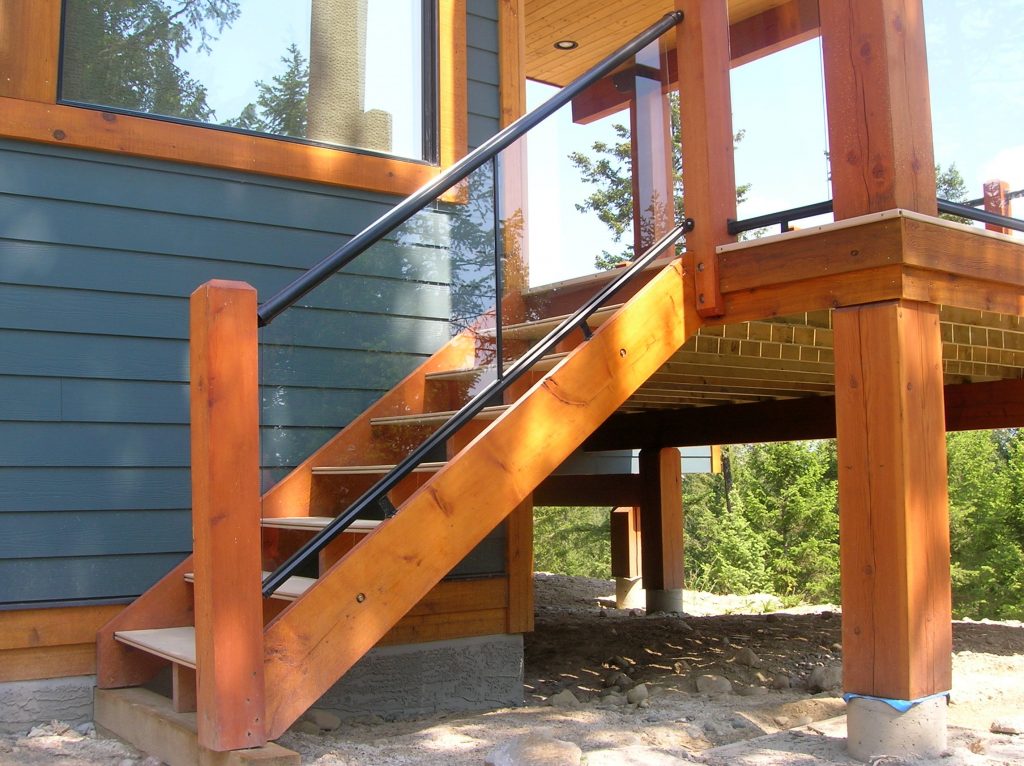
Tempered Glass vs Laminated Glass
Laminated glass is a type of safety glass composed of two or more layers of glass with an interlayer of polyvinyl butyral (PVB) or ethylene-vinyl acetate (EVA) between them. This interlayer holds the glass layers together upon impact, reducing the risk of shattering and providing enhanced safety and security.
If you’re deciding between tempered or laminated glass railings, here are some of the pros and cons of both solutions.
Tempered Glass Pros
- Strength: Tempered glass is stronger and more impact-resistant than laminated glass.
- Safety: When broken, it shatters into small, relatively harmless pieces, reducing the risk of injury.
- Heat Resistance: Tempered glass can withstand higher temperatures compared to laminated glass.
Tempered Glass Cons
- Limited Repair: If tempered glass breaks, it cannot be repaired. You’ll have to replace the glass panels.
Laminated Glass Pros
- Safety: Holds together when shattered, reducing the risk of injury as the broken pieces stick to the interlayer.
- Sound Insulation: Offers better sound insulation compared to tempered glass.
- UV Protection: Provides more protection against UV rays.
Laminated Glass Cons
- Weight: Heavier than tempered glass.
- Cost: Typically, laminated & heat strengthened glass is more expensive than tempered glass, making it impractical for most residential and commercial settings.
- Limited Views: The interlayer in laminated glass appears as a plastic-like film that can create visual distortion and affect the clarity of your view.
- Limited Impact Resistance: While safer than standard glass, it may not be as impact-resistant as tempered glass.
While both tempered and laminated glass have their merits, tempered glass stands out as a superior choice for most applications. The unparalleled strength & heat resistance of tempered glass, coupled with its economic advantage, makes it an ideal safety solution for homes, multi-family buildings, and commercial architecture.
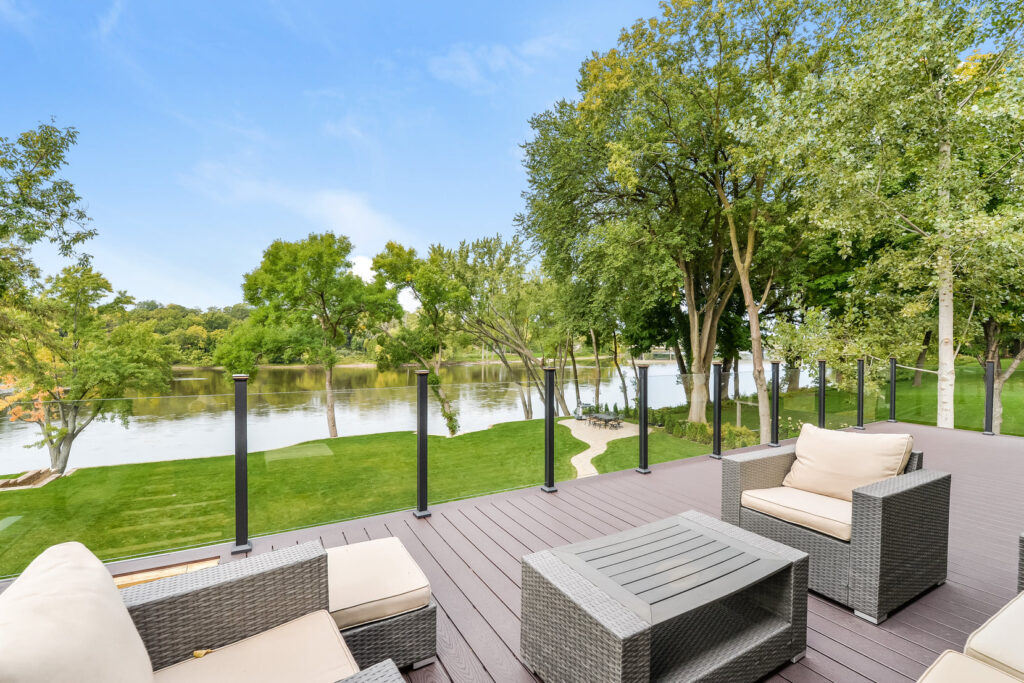
Glass Railings: A Safe Choice for Residential & Commercial Settings
Glass railings provide an aesthetically pleasing and and safe solution for your residential or commercial spaces.
With our rigorous testing, robust manufacturing process, and consistent compliance with building codes, Century Aluminum glass railing systems provide you with a stylish, elegant, and secure railing solution.
With proper maintenance and cleaning, glass railings can stand the test of time.
Experience the perfect blend of safety and aesthetics with Century Aluminum Railings. Explore our products for residential, multi-family, and commercial projects.
Century Aluminum Glass Railing Systems:





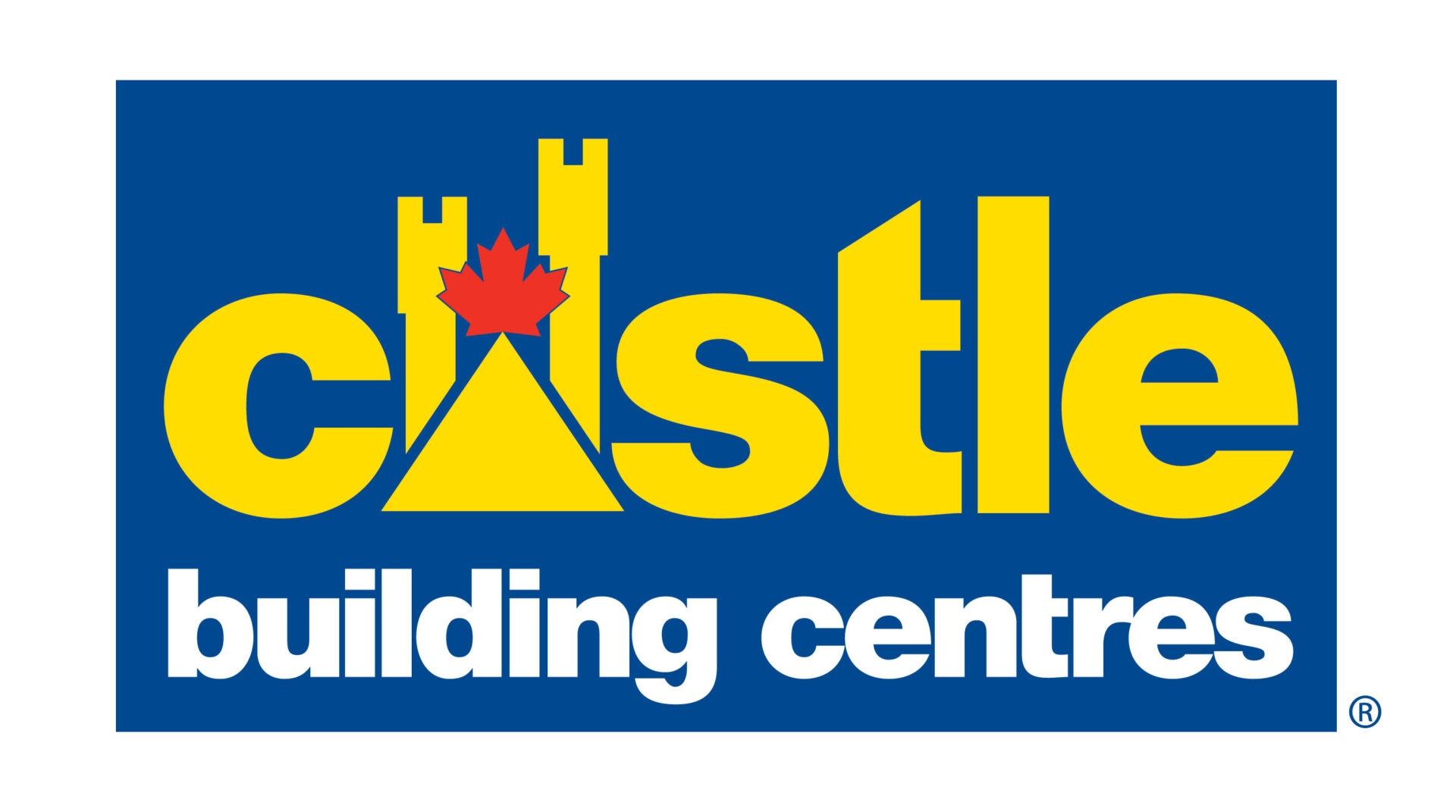
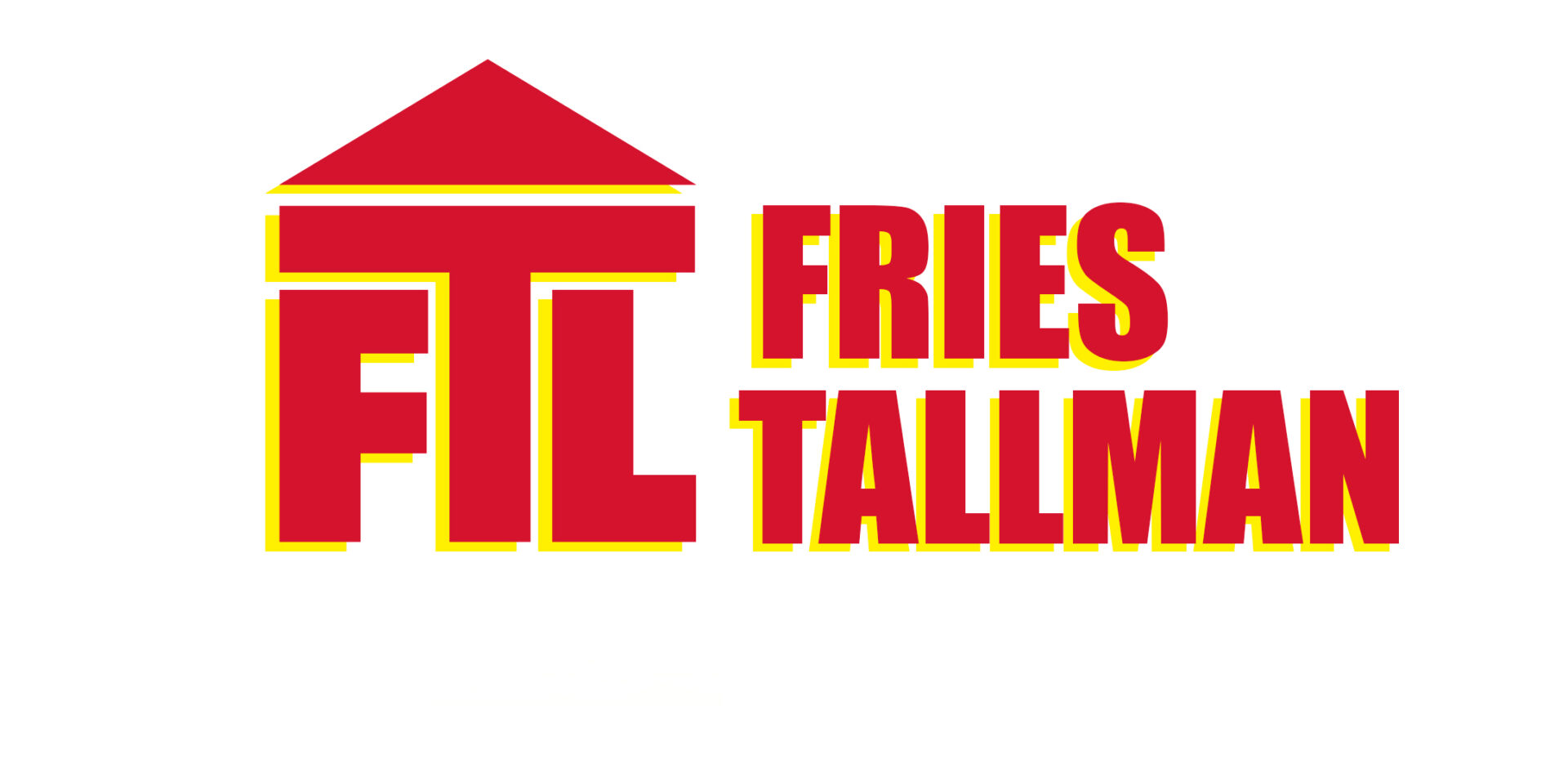


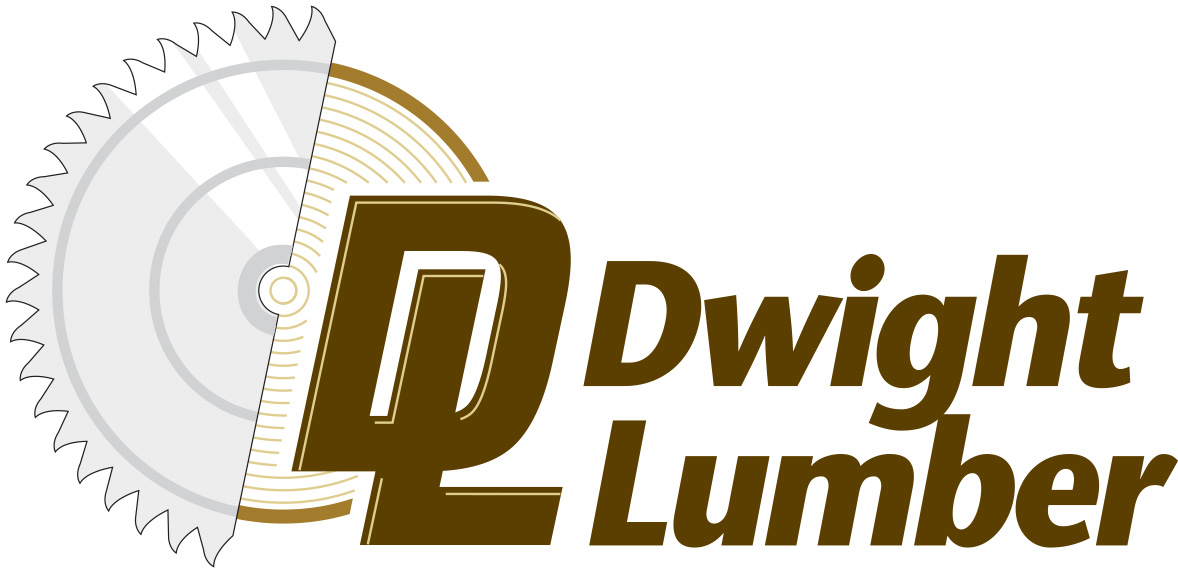






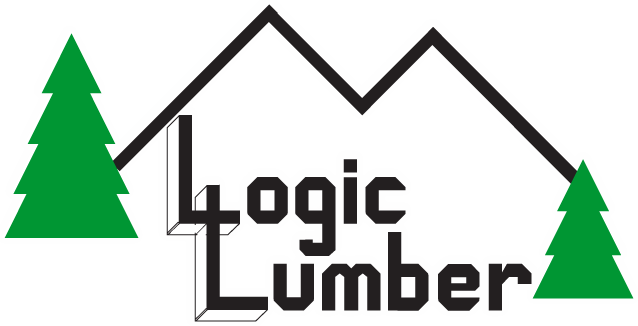





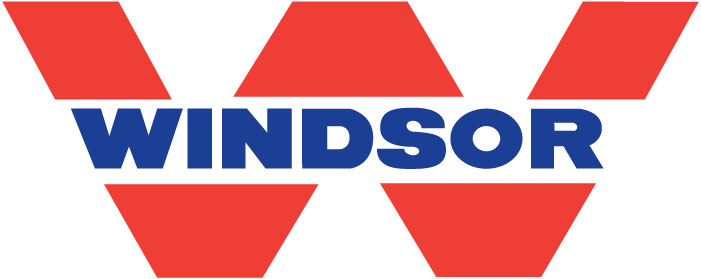

0 Comments